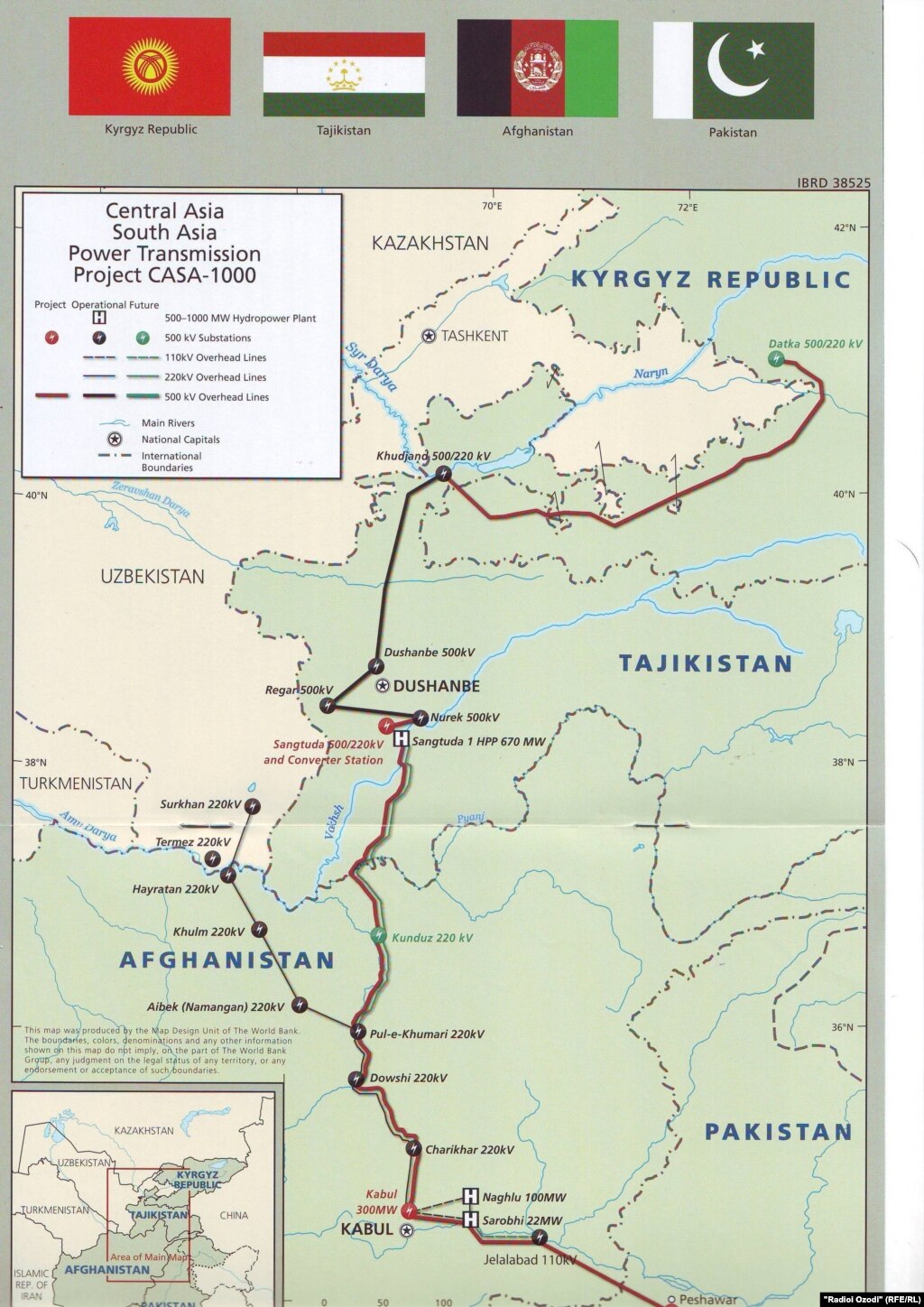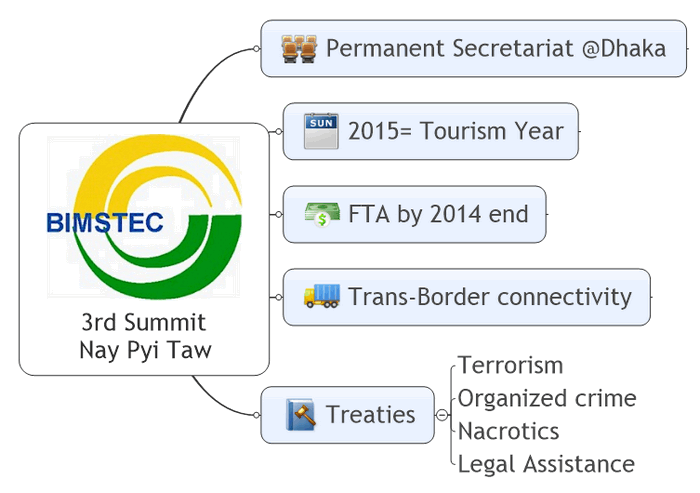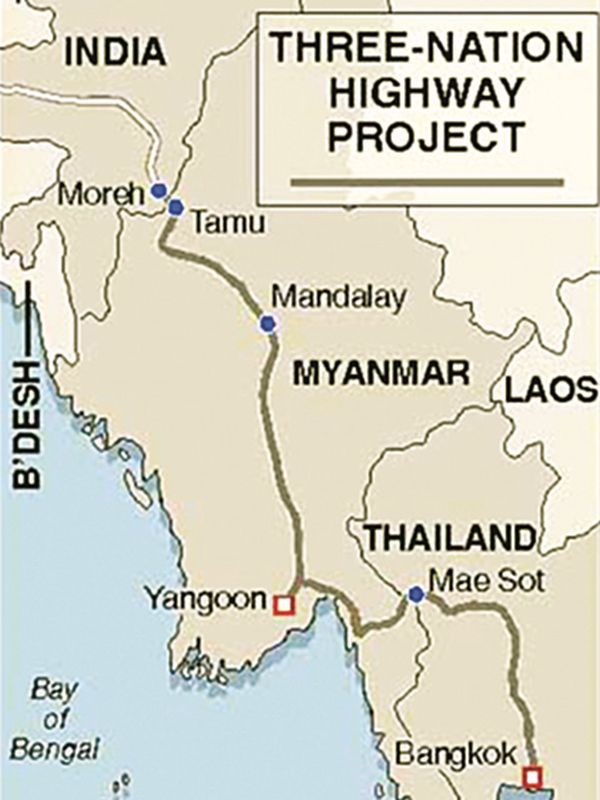Project Elephant (PE) was launched by the Government of India in the year 1992 as a "Centrally Sponsored Scheme" with following objectives :
- To protect elephants, their habitat & corridors
- To address issues of man-animal conflict
- Welfare of captive elephants
Financial and Technical support are being provided to major elephant bearing States in the country.
The Project is being mainly implemented in 16 States / UTs , viz. Andhra Pradesh, Arunachal Pradesh, Assam, Chhattisgarh, Jharkhand, Karnataka, Kerala, Maharashtra, Meghalaya, Nagaland, Orissa, Tamil Nadu, Tripura, Uttarakhand, Uttar Pradesh, West Bengal.
Main activities under the Project are as follows:
- Ecological restoration of existing natural habitats and migratory routes of elephants;
- Development of scientific and planned management for conservation of elephant habitats and viable population of Wild Asiatic elephants in India;
- Promotion of measures for mitigation of man elephant conflict in crucial habitats and moderating pressures of human and domestic stock activities in crucial elephant habitats;
- Strengthening of measures for protection of Wild elephants form poachers and unnatural causes of death;
- Research on Elephant management related issues;
- Public education and awareness programmes;
- Eco-development
- Veterinary care
- Elephant Rehabilitation/Rescue Centers
The govt. in 2010 declared the Elephant as the National Heritage Animal of the Country.
Hathi Mere Sathi Campaign:-
- Haathi Mere Saathi (HMS) campaign has been commenced and designed to evoke companionship with the gentle giant.
- A joint initiative by the Union Ministry of Environment and Forests (MoEF) and Wildlife Trust of India (WTI), the movement is geared to spread awareness on the plight of captive and wild elephants of India.
Objectives
- To sensitize people on the importance of saving our National Heritage Animal and its impact on the overall biodiversity of our country.
- To sensitize both urban and rural populace on threats to the elephant and its habitat.
- To work with the government, communities and stake holders on an awareness campaign that is a component of a larger effort to protect and secure increasingly fragmented and shrinking elephant habitats
Mining projects in central india pose a great threat to elephant corridors in the states of Orissa, Jharkhand and Chhattisgarh.







